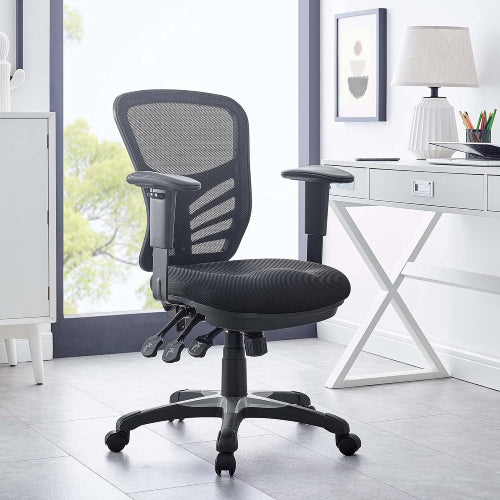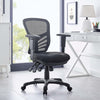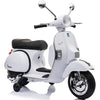mesh chair back support

For many of us, prolonged sitting is a reality. Back discomfort can become a recurrent companion for anyone, be it a student glued to their textbooks, a desk jockey, or a gamer. This is where mesh back support ergonomic seats, in particular, come into play. Are they, however, everything they seem to be? Let's explore mesh chair back support, including its advantages, possible disadvantages, and how to pick the best chair for your needs.
Mesh's Allure: Conformability and Breathability
For several reasons, mesh backrests are a popular option. Above all, they provide excellent breathability. Meshed seats allow for air circulation, which keeps you cool and comfortable, especially during extended work sessions, in contrast to standard upholstered chairs that can trap heat and moisture. For those who tend to run hot, or in warmer areas, this is very helpful.
Secondly, mesh backrests often conform better to your body's natural curvature. Unlike a rigid plastic back, mesh can flex slightly, providing passive lumbar support and cradling your spine. This can help maintain good posture and reduce the strain on your lower back muscles.
Benefits of Ergonomics: Encouraging Proper Posture
The science of creating workspaces with users in mind rather than the other way around is known as ergonomics. Your posture can be greatly improved and your chance of developing back pain can be decreased with an ergonomic chair. With its built-in flexibility and several customizable options, mesh chairs can be an invaluable addition to your ergonomic toolkit.
This is how mesh back support helps maintain proper posture:
Lumbar Support: A lot of mesh chairs have integrated lumbar support, which is essential for preserving your spine's natural curve. This lessens the strain on the lower back and helps to minimize slouching.
Adjustable Features: A lot of ergonomic mesh chairs come with features that let you customize the lumbar support to fit your unique body type and needs. These features include adjustable lumbar support depth and angle.
Promotes Movement: The mesh backrest's mild flex can promote minute movements throughout the day, which helps enhance blood flow and reduce stiffness.
Beyond Mesh: Supplementary Ergonomic Factors
An ergonomic chair's mesh back support is a useful feature, but it's not the only one. Here are some more crucial factors to think about:
Seat Height and Depth: Place your feet flat on the ground and bend your knees 90 degrees. Your thighs should be able to be comfortably supported by the seat pan.Armrests: You can lessen the strain on your shoulders and neck by using adjustable armrests that support your forearms at elbow height.
Headrest (Optional): A headrest can offer extra comfort and support for people who often recline. Drawbacks of Mesh Chairs: Selecting the Correct Fit
While mesh chairs offer undeniable benefits, they might not be perfect for everyone. Here are some potential drawbacks to consider:
Initial Firmness: Some people find mesh backrests to be initially firm compared to padded chairs. However, this feeling can lessen as the mesh breaks in.
Limited Customization: While some mesh chairs offer extensive adjustability, others may have limited options. Finding the right fit is crucial for maximizing comfort and support.
Less Padding for Long Sessions: For those who sit for extended periods, a mesh back might lack the plush comfort of a heavily padded chair.
Choosing the Right Mesh Chair Back Support for You
With a variety of mesh chair back support options available, selecting the right one requires some thought. Here's what to consider:
Your Body Type and Size: Choose a chair with a backrest that comfortably accommodates your height and build.
Adjustability: Invest in a chair with adjustable lumbar support and, ideally, seat height and armrests for optimal customization.
Material Quality: Look for a well-made chair with durable mesh and a strong frame.
Trial Period: If possible, opt for a chair with a trial period to ensure it provides the comfort and support you need.
Beyond the Chair: Maintaining Good Posture
Remember, even the best ergonomic chair won't eliminate back pain completely if you have poor posture. Here are some additional tips to keep in mind:
Take Breaks: Get up and move around every 20-30 minutes to prevent stiffness and promote circulation.
Stretch Regularly: Incorporate regular stretches into your day to improve flexibility and reduce muscle tension.
Strengthen Your Core: Strong core muscles can significantly improve your posture and support your back.
Conclusion: Mesh Chair Back Support - A Valuable Tool for Back Health
Mesh chair back support offers a compelling option for those seeking comfort, breathability, and improved





